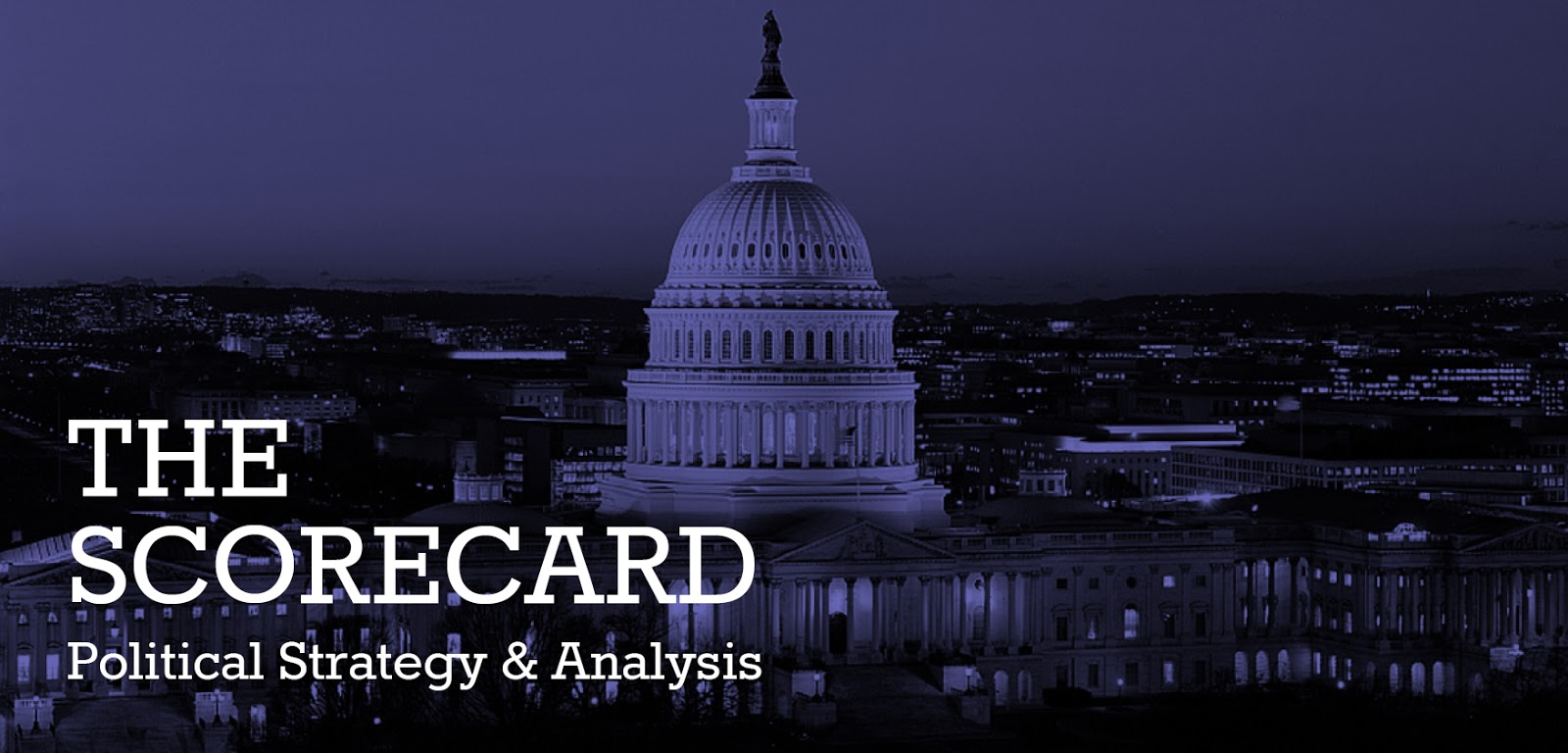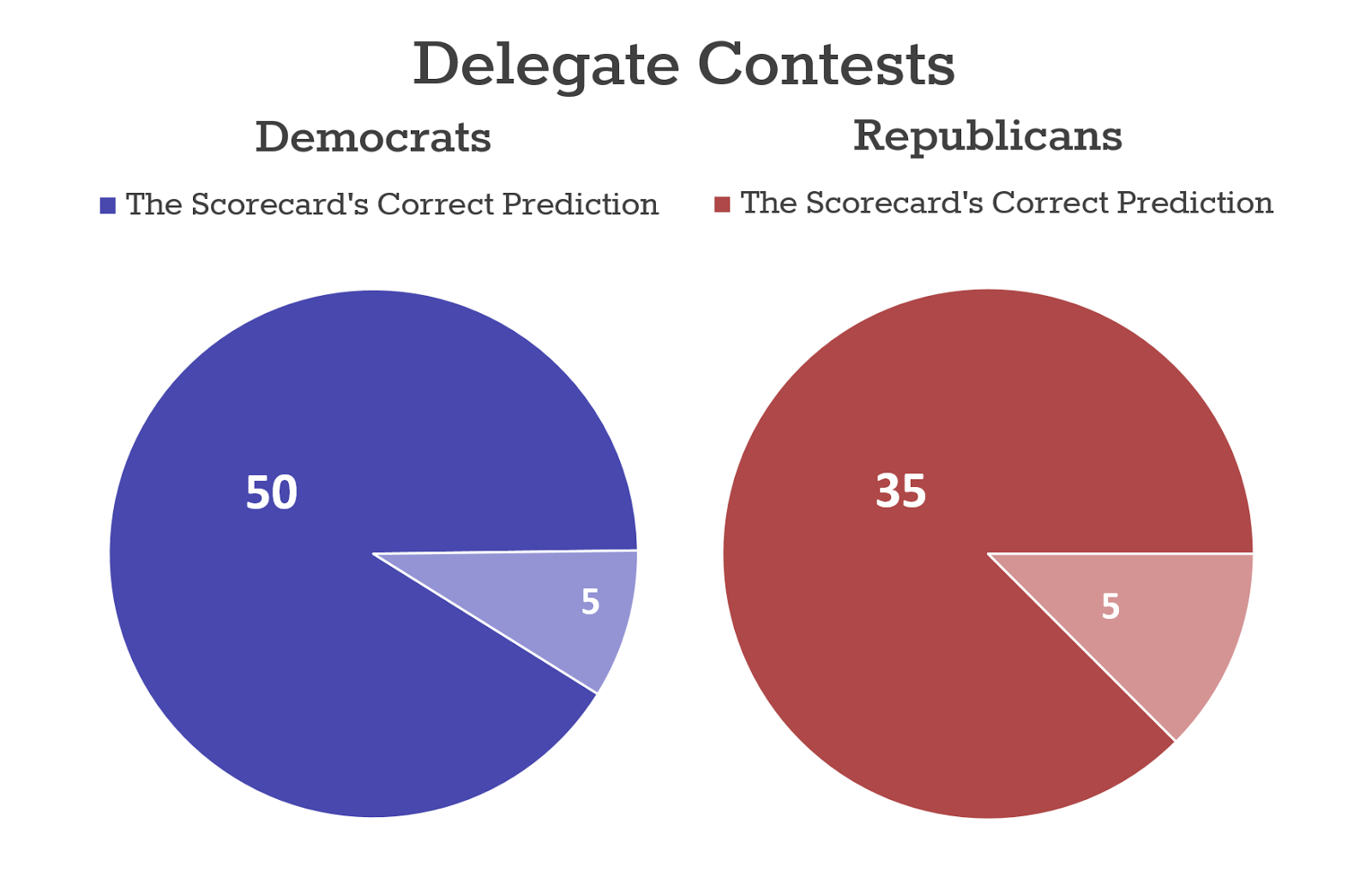Pennsylvania
has been an elusive yet important target for the Republicans, and one that, in
2012, came closest of any state on the Blue Wall of falling into G.O.P. hands.
( Reminder: The Blue Wall is the 18 States plus D.C. accounting for 242
electoral votes that the Democrats have won each year since 1992.) Obama won here in 2012 by 5.39%, a solid win
but one that can be reverse engineered to map what a defeat might look like.
This state was also crucial because it was the 2nd closest state
among the states Obama needed to get to 270 electoral votes in 2012(Colorado
was closest at 5.37%) Pennsylvania is
also important because it is one of four states that the Trump campaign is
targeting with television, and it seems to be essential to their campaign
plans. There are back door states on the
Blue Wall (Michigan, Wisconsin, as absolute reach Minnesota), but so far all of
the energy of both campaigns sees Pennsylvania as the only Blue Wall State
worthy of ads. Since Trump seemingly needs to win it and Democrats also start
off with an advantage here, it is the right state for our second deep look.
Pennsylvania’s Four Regions
Pennsylvania’s Four Regions
For
practical purposes Pennsylvania can be understood more readily if it is divided
up into four main regions. Southeast, which
is Philadelphia and its suburbs.
Northeast, which is anchored by Scranton, Wilkes Barre, Allentown and
Easton. Central Pennsylvania, which is
everything West of Columbia, to Centre and then Western Pennsylvania which is
everything West of Centre. These regions
are admittedly an approximation, but they give a good idea of both how in
theory Trump could win the state but also how difficult it will be.
President
Obama beat Mitt Romney in Pennsylvania by 309,840 votes. How can Donald Trump begin the process of
chipping away at that margin, or can he? Well for any Republican now the
problems in Pennsylvania begin in Southeast Pennsylvania. Out of the Six
Counties that make up Southeast Pennsylvania (Berks, Bucks, Chester, Delaware,
Montgomery and Philadelphia) Barack Obama beat Mitt Romney by the massive sum
of 613,975 votes. He won by the even
larger sum of 698,926 in 2008. This is
also the region where Trump did the worst in the primary and where he is polling
very poorly today. Whether it is because of lower turnout in Philadelphia city or
because he does better than expected in the suburbs Trump has to do something
to make this margin shrink. Anything greater than 600,000 coming out of these
six counties is just poisonous. Berks
and Bucks seem to be two places to look for possible improvement as his primary
numbers there were fine, but still it is a big road to hoe.
Assuming this is accomplished, and Trump can leave these six
counties down only 600,000 votes, he then begins to look to the Northeast. This
is a region where the Obama era has seen Democrats somewhat on the upswing as
well, but it seems that the demographics of the region make it a clear and
important Trump target. This is not
problem-free for Trump as Northampton(Easton), Lehigh(Allentown) and Monroe (
The Poconos) Counties have seen an
influx of non-white Voters and with them big gains for Democrats ( In Monroe in
particular) However the rest of the
region has at least some potential to be
Trump country. This region was an almost
tie in 2004, with Bush beating Kerry here by a mere 13,000 votes. Trump could
double that-- a difficult but not impossible margin. Obama won this region by 26,616, now Trump
could win it by 26,000. That would be a
52,616 swing in his favor. If we combine
that with Trump improving 13,975 in the Southeast over 2012 and Trump will have
erased 66,591 votes from the Romney deficit. It is a good start to be sure, but
this is where the problem for Trump becomes all too plain. He may have made up a decent amount of ground
but he had to use half of the state’s votes to do it. Pennsylvania likely only has 2,800,000
left to make up the rest of the 245,000 gap. To do this Trump would need a uniform swing to
Trump in all remaining counties of about 4.5%
When Obama lost half his lead from 2008 to 2012 he only bled this much
in 22 of the 67 counties. Trump needs
every county to bleed this much in Western and Central Pennsylvania. To make
matters somewhat worse for Trump, Obama already did quite poorly in Western
Pennsylvania. To be sure, there is more losing Democrats can and probably will
do, but there is only so much that Trump’s margin can grow. (How much can be
gained in counties where Democrats are already sub-40?). Obama also managed to win 4 counties in
Central and Western Pennsylvania, Erie, Centre (Penn State), Dauphin (Harrisburg)
and Allegheny (Pittsburgh). Seeing a 5%
swing against Clinton in these five counties would be dramatic but is also unlikely. In fact generally speaking, Clinton should be
likely to hold up relatively well in this four counties. Let’s be very generous to Trump and give him
45,000 off the margin, remembering that this also eliminates over 900,000
voters. This leaves roughly 1,900,000 votes in which to make up 200,000 votes.
This now requires a greater than 5% swing, which only happened in 11 counties
across the entire state from 2012 to 2008. It is not impossible, but it is a very serious
challenge.
Pennsylvania also has some key other things going for
Democrats. In 2014, Pennsylvania was the only state to actually oust a
Republican Governor and elect a Democratic Governor. It did so quite solidly.
Democrats looking to gain control of the state Supreme Court did so in 2015. In
2010, which was a terrible year for Democrats in Pennsylvania and nationally,
the Senate race was very closely watched. The Republican Pat Toomey who is up
for re-election this year was able to squeak it out. However he did far, far better in the Philly
suburbs than it is reasonable to expect Trump to do. Trump has to find places to beat the Toomey %
from 2010 if he wants to win and those are tough numbers. This is not to say
that Pennsylvania cannot be won by Trump, only that the math remains a serious
challenge.



